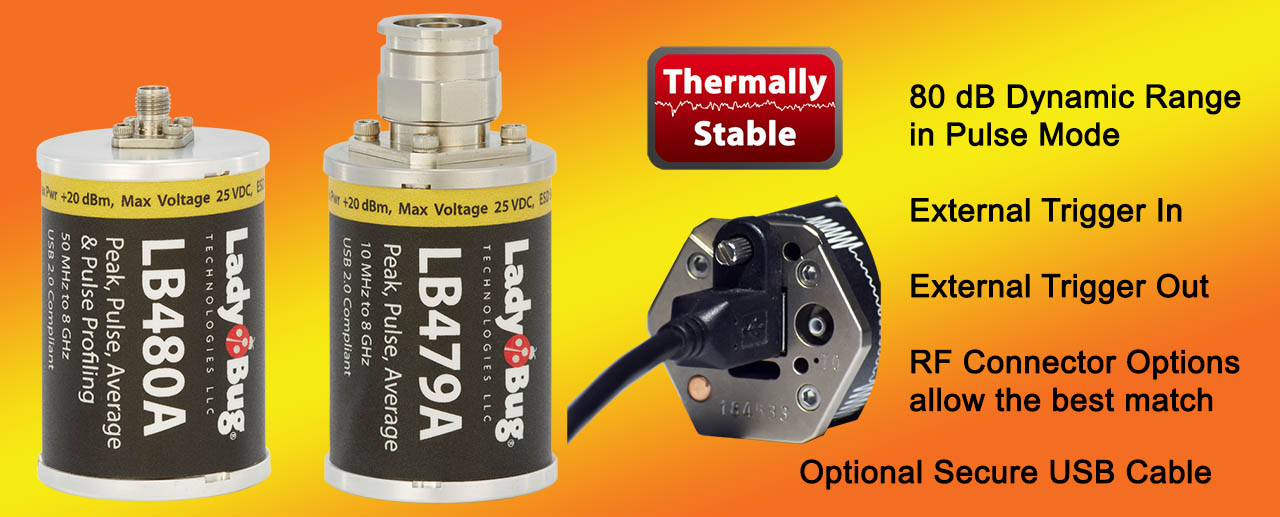Bluetooth is a global wireless standard for simple, secure connectivity over limited distances. The standard lists several power level ranges that must be strictly adhered to. Bluetooth devices are divided into Power Classes. Power is specified as Peak Power and Average Power. All classes except BLE (Bluetooth Low Energy) specify a peak power of +23dBm (200mW), BLE specifies +13dBm (20mW). Class 1 is the highest power level Bluetooth Class and BLE is the lowest. Table 1, lists the general power specifications.

BLE (Bluetooth Low Energy) is designed to transfer small bursts of data using appropriate modulation methods. BLE is not suitable for voice communication and is currently intended to send short pieces of data. Low power consumption is achieved largely by keeping its radio off most of the time. BLE scans only three advertising channels, and its radio is active only to send or receive short bursts of data. The packet size varies from 8 to 27 octets. BLE also sets up connections very quickly, which reduces the radio’s on-time further. BLE can transmit authenticated data in as little as 3ms, versus the 1000ms typical for Bluetooth. Time gated triggering measurements are helpful in measuring BLE signals.
|
Bluetooth Specifications |
Sensor |
||||
|
Bluetooth Device -Power Class |
Max Peak |
Average |
BT Power |
Recommended |
Recommended |
|
Class 1 |
+23 dBm |
0 dBm to +20 dBm |
Required |
LB479A /LB480A |
10 dB |
|
Class 2 |
+23 dBm |
-6 dBm to +4 dBm |
Optional |
LB479A /LB480A |
6 dB |
|
Class 3 |
+23 dBm |
Less than 0 dBm |
Optional |
LB479A /LB480A |
6 dB |
|
BLE |
+13 dBm |
-20 dBm to +10dBm |
Optional |
LB479A /LB480A |
Optional |
Table 1 General Power Specifications
LadyBug LB479A and LB480A power Sensors are ideal for making accurate measurements on the Bluetooth signal. The sensors are first tier NIST traceable; this means the transfer calibration was done with a sensor calibrated directly by NIST, no better calibration is available. The sensors are ideal for Bluetooth development and manufacturing test systems. The LB479A can make statistical pulse measurements including peak and average power, plus crest factor on active signals. Internal and external triggering is standard on the LB480A, making flexible time gated measurements possible.
The LB479A and LB480A have very good sensitivity and speed when measuring average and pulse power. This makes them ideal for radiated measurements as well as for the direct measurement of BT devices. Statistical measurements down to -60dBm can be achieved with averaging.

When connecting directly to the Bluetooth transmitter, an attenuator is recommended. Proper attenuator assures that the sensor will not be overloaded and that the signal will be in the ideal measurement range for the average and peak power levels. Refer to Table 1 for recommended attenuators.
LadyBug LB479A & LB480A Sensor Features & Primary Specifications
- 1. The best thermal stability in the power sensor industry.
- 2. Trusted and tested, thousands in use in ATE systems around the world.
- 3. No need to zero before use, without compromising accuracy, even at low power levels.
- 4. Very strong programmatic support, including example code for C, VB, LabVIEW drivers etc.
- 5. The sensor’s patented dynamic calibration system allows continuous measurements. It will not stop measuring to zero in automated systems like competitive sensors.
|
Property / Sensor |
LB479A |
LB480A |
Competitive Sensors7 |
|
Frequency Range |
10 MHz to 8 GHz |
50 MHz to 8 GHz |
Less |
|
Bandwidth |
10 MHz |
10 MHz |
5 MHz Typical8 |
|
Dynamic Range |
80 dB |
80 dB |
Typically 50 dB |
|
Triggering Capability |
Optional |
Internal/Ext In & Out |
Not available |
|
Thermally stable6 |
Yes |
Yes |
No |
|
Requires Zero before use |
No |
No |
Yes1 |
|
Interrupts to zero |
No |
No |
Yes2 |
|
Settled Meas. Rate |
2000/sec |
2000/sec |
33+/sec Varies5 |
|
First Tier Calibration3 |
Yes |
Yes |
No |
|
Connector Options |
Yes |
Yes |
No |
|
Warranty4 |
3 years |
3 Years |
1 Year |

